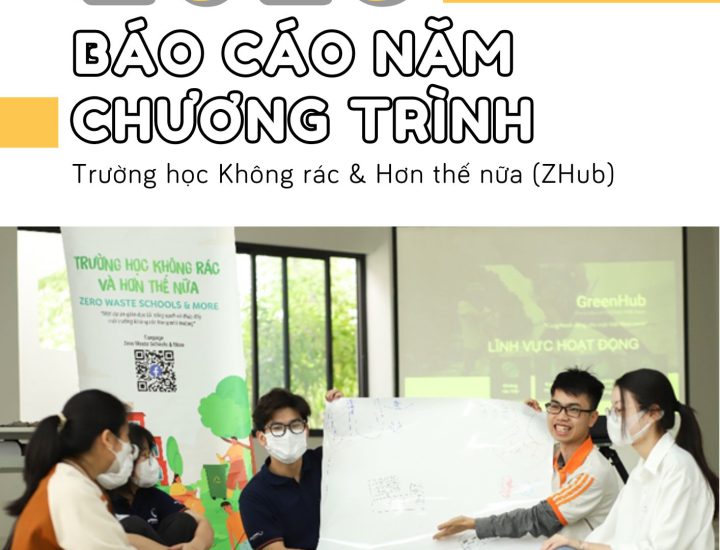Disinfection of environments in healthcare and nonhealthcare settings potentially contaminated with SARS-CoV-2
Notice: Trying to access array offset on value of type bool in C:\home\site\wwwroot\wp-content\themes\betheme\functions\theme-functions.php on line 1509
Notice: Trying to access array offset on value of type bool in C:\home\site\wwwroot\wp-content\themes\betheme\functions\theme-functions.php on line 1514
Notice: Trying to access array offset on value of type bool in C:\home\site\wwwroot\wp-content\themes\betheme\functions\theme-functions.php on line 1536
Notice: Trying to access array offset on value of type bool in C:\home\site\wwwroot\wp-content\themes\betheme\functions\theme-functions.php on line 1537
Notice: Trying to access array offset on value of type bool in C:\home\site\wwwroot\wp-content\themes\betheme\functions\theme-functions.php on line 1538
Notice: Trying to access array offset on value of type bool in C:\home\site\wwwroot\wp-content\themes\betheme\functions\theme-functions.php on line 1509
Notice: Trying to access array offset on value of type bool in C:\home\site\wwwroot\wp-content\themes\betheme\functions\theme-functions.php on line 1514
Notice: Trying to access array offset on value of type bool in C:\home\site\wwwroot\wp-content\themes\betheme\functions\theme-functions.php on line 1536
Notice: Trying to access array offset on value of type bool in C:\home\site\wwwroot\wp-content\themes\betheme\functions\theme-functions.php on line 1537
Notice: Trying to access array offset on value of type bool in C:\home\site\wwwroot\wp-content\themes\betheme\functions\theme-functions.php on line 1538
Evidence of environmental persistence
Recent publications have evaluated the survival of SARS-CoV-2 on different surfaces. According to van Doremalen et al., the environmental stability of SARS-CoV-2 is up to three hours in the air post-aerosolisation, up to four hours on copper, up to 24 hours on cardboard and up to two to three days on plastic and stainless steel, albeit with significantly decreased titres. SARS-CoV-2 was also detected on objects such as the self-service printers used by patients to self-print the results of their exams, desktop keyboards
Virus was detected most commonly on gloves (15.4% of samples) and rarely on eye protection (1.7%)
In general, alcohol-based disinfectants (ethanol, propan-2-ol, propan1-ol) have been shown to significantly reduce infectivity of enveloped viruses like SARS-CoV-2, in concentrations of 70-80% with one minute exposure time.
Cleaning options for non-healthcare premises after the presence of a suspected or confirmed case of COVID-19
In the event a suspected or confirmed case of COVID-19 has been in a specific location (e.g. public waiting area, office space, hotel room, as well as a regular houseroom for self-isolation), this should be first well
ventilated with fresh air for a minimum of 1 hour, and thereafter carefully cleaned with a neutral detergent, followed by decontamination of surfaces using a disinfectant effective against viruses.
Cleaning procedure, use of disinfectants and textile cleaning should follow the instructions outlined in the section above for healthcare settings
Disposable, single-use cleaning equipment is suggested.
Staff engaged in environmental cleaning in public spaces after a suspected or confirmed COVID-19 person was present should wear personal protective equipment (PPE) as follows:
surgical mask
uniform and single-use plastic apron
gloves.
For the cleaning of a household room where a COVID-19 patient was isolated, the same procedures apply. The cleaning person should wear gloves and a surgical mask.
Hand hygiene should be performed each time after removing gloves or mask.
Waste material produced during the cleaning should be placed in a separate bag, which can be disposed in
the unsorted garbage.
Cleaning options for all type of premises during the COVID-19 pandemic
When cleaning premises attended by the public, we recommend to change equipment between spaces attended by the public and spaces dedicated to the employees, and to proceed as follows:
Frequently touched surfaces should be cleaned as often as possible (at least daily and if possible more frequently). Examples of these surfaces are doorknobs and door bars, chairs and armrests, tabletops, light switches, handrails, water taps, elevator buttons, etc.
The use of a neutral detergent for the cleaning of surfaces in general premises (i.e. not for premises where a suspected or confirmed case of COVID-19 has been) should be sufficient.
The cleaning of public toilets, bathroom sinks and sanitary facilities used by several people (e.g. in shopping centres, airports, etc.) should be carefully performed. Consider the use of a disinfectant effective against
viruses, such as 0.1% sodium hypochlorite, or other licensed viricidal products following the instructions for use provided by the manufacturer.
Staff engaged in environmental cleaning should wear PPE when performing cleaning activities. The use of the usual set of PPE (e.g. uniform – which is removed and frequently washed in warm water – and gloves) is
enough for the protection when cleaning general premises.
The cleaning material should be properly cleaned (see Table 1) at the end of every cleaning section.
Hand hygiene should be performed each time PPE such as gloves are removed.
Waste material produced during the cleaning should be placed in the unsorted garbage.
Source: European Centre for Disease Prevention and Control
Full document at: https://bom.to/B23OJ6


